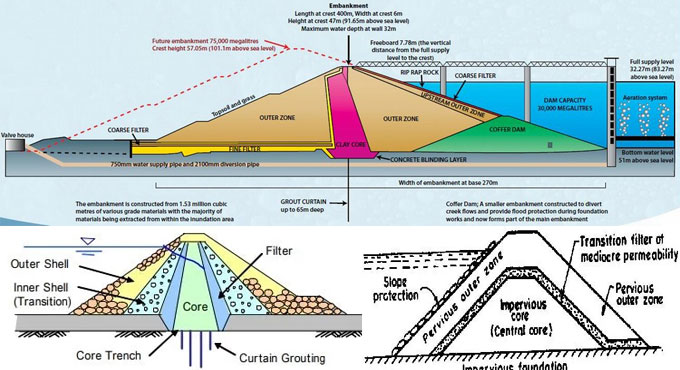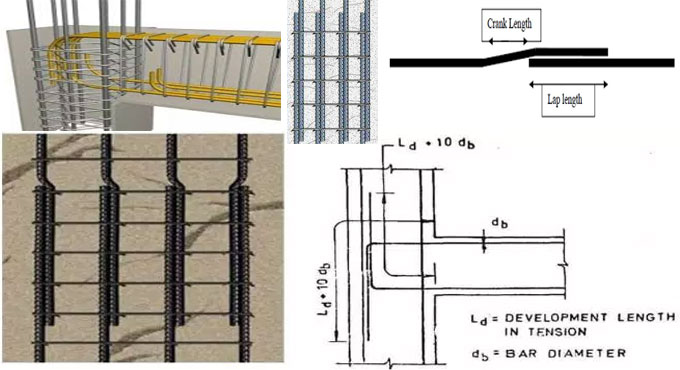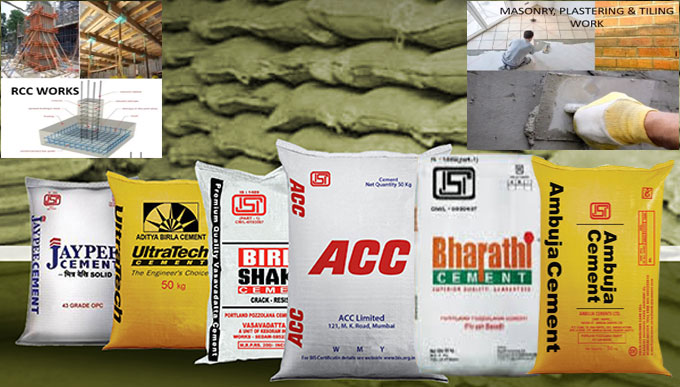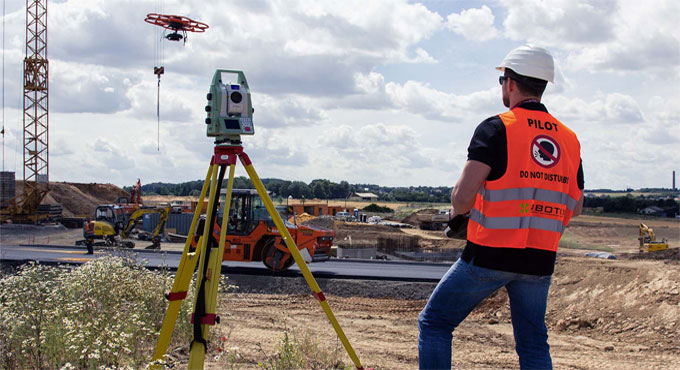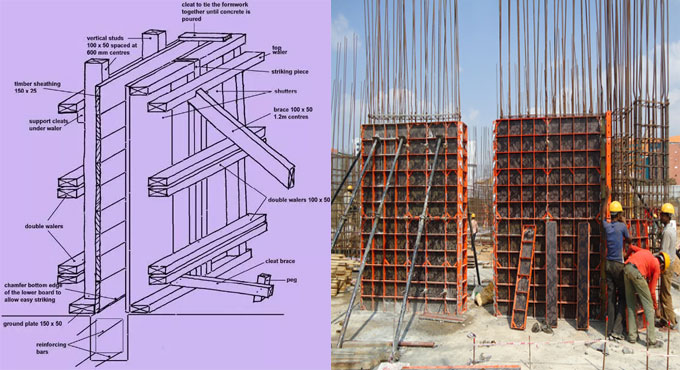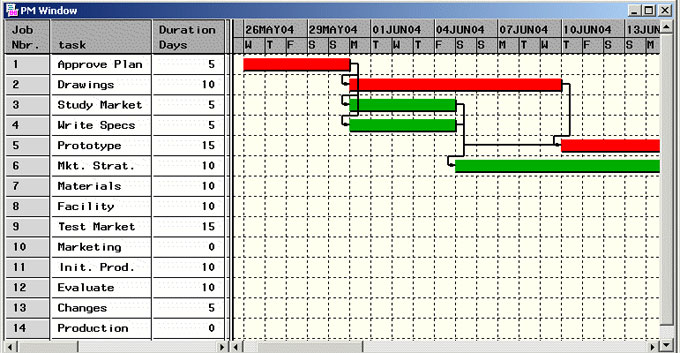Numerous factors provide significant effect on the construction and design of embankment dam. Through the design phase, the designer should consider these factors to make the design better.
Given below, the detail information on these factors :-
a. Accessibility of materials for construction
b. Properties of embankment dam site
c. Shape and size of valley where the dam is developed
d. Atmosphere of the area
e. Diversion of river
f. Existing time for construction
g. Function of the reservoir
h. Feasible wave action
i. Earthquake activity in the area
b. Properties of embankment dam site
c. Shape and size of valley where the dam is developed
d. Atmosphere of the area
e. Diversion of river
f. Existing time for construction
g. Function of the reservoir
h. Feasible wave action
i. Earthquake activity in the area
Accessibility of Materials for Dam Construction: Generally, construction materials for embankment dams can be easily accessed and frequently available at or close to construction site at low cost. It will significantly impact the design of embankment dam.
If excavated material like earth excavated for spillway construction is utilized in the construction, the economy of construction is enhanced.
Embankment dam designed and constructed on the basis of existing construction material.
Type of material obtainable at project site Designed embankment dam on the basis of existing construction material.
a. Impervious soil material Consistent embankment dam
b. Rock and impenetrable material Rock fill dam
c. Previous and Impervious material Zoned earth dam,
b. Rock and impenetrable material Rock fill dam
c. Previous and Impervious material Zoned earth dam,
Properties of Embankment Dam Site: Normally, embankment dams are built up on nearly all types of soil. The design is significantly impacted by the characteristics of soil upon which the dam is built up. One of the significant impact is managing the type of treatment applied for the foundation.
Besides, soil properties affect the dimension of the dam as for example if the soil contains low bearing strength, then it is essential to trim down slopes and employ superior cross section and freeboard.
These measures are essential to deal with deferential settlement of the embankment dam.
For more information, visit the following site aitech.ac.jp
